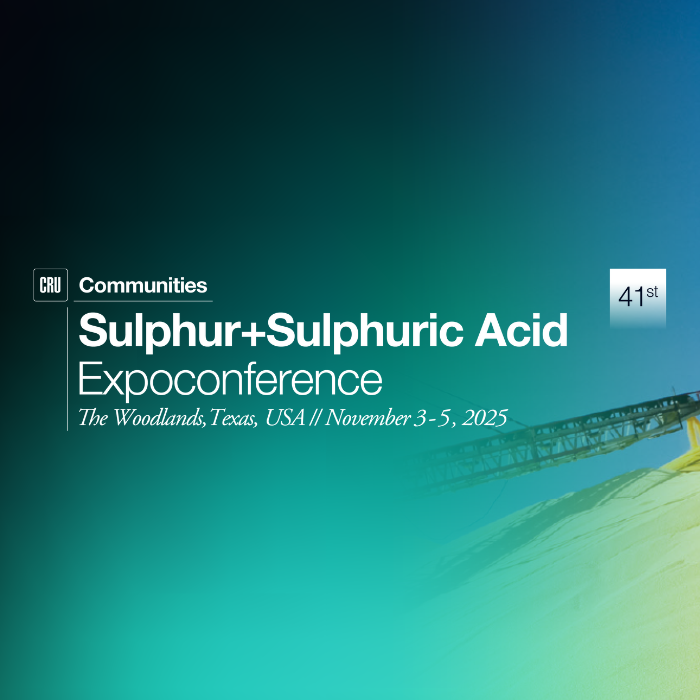Large volumes of by-product sulphuric acid are produced at one of the Client's North American smelters in, most of which is sold in bulk within a region. The Client required support in an internal review of its sulphuric acid market strategy with the specific objective of optimising profitability from its sulphuric acid output.
On this occasion CRU was requested to evaluate the case for becoming more involved in downstream sales and marketing a greater portion of its acid in lower-volume wholesale and retail markets.
Our recommendation
We recommended that in order to access the higher sulphuric acid prices and margins achievable through wholesale and retail sales, the Client must be prepared to make a major investment in developing a new business model for its sulphuric acid output. CRU’s analysis indicated that to succeed in the downstream segment of the sulphuric acid market, the Client would need to develop a high-touch, service-oriented model featuring a broad chemicals portfolio. The CRU Consulting team prioritised the key elements of this approach that would be required for the Client to transform its operation from a strictly bulk commodities marketer.
Methodology
Our report was delivered as a presentation which began with an analysis of the outlook for supply, demand, and trade in North America. Existing insights and data were drawn from CRU’s in-house analysis of the sulphuric acid market and its underlying demand segments of fertilizers and metals, which was then supplemented with extensive primary research undertaken by the CRU Consulting team. The result was a robust dataset with which to measure and segment both supply and demand in the sulphuric acid market in great detail.
Of critical importance to the Client was a segmentation of the marketplace by voluntary (i.e., sulphur-burnt) and involuntary (i.e., by-product) sources in order to better understand where their production fit in the market. We also reviewed the economics of voluntary and involuntary acid supply and modelled sulphur-burnt acid production costs to better the Client’s understanding of this side of the market.
We then drilled down into the target markets specifically by segmenting customers at both the state/provincial-level and industry sector-levels. Industrial demand was segmented into a dozen distinct categories and the number of buyers of acid in bulk, truckload and less-than-load quantities were presented by state/province.
Finally, we provided an in-depth analysis of the sulphuric acid value chain, mapping both voluntary and involuntary supply through to these various demand segments. This included a profiling of major players and an assessment of the business models employed in the market. We analysed the strengths and weaknesses of such models and related this back to the Client’s current position and identified the key requirements to successfully participate in downstream sales and marketing. The assessment culminated in a review of modelled sulphuric acid prices and margins attainable across the value chain. Primary research was critical in verifying both our regional and local price assessments along with the constructed margins at various points along the chain, particularly for marketing small volumes of acid.
Outcome
Our assignment enabled the Client to understand with clarity the volumes and margins attainable in the wholesale and retail segments and the adjustments in operations required to compete in this space. The Client used this information as the basis for its internal strategic review and has opted to prioritise changes in its operations to facilitate downstream marketing of a portion of its output.











